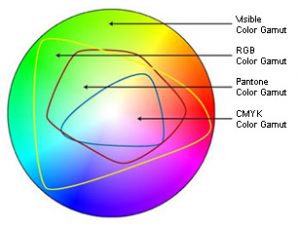
DotNetNuke – now DNN – is free software that is installed on an internet hosting account which is used to develop and maintain web applications and websites. A properly configured DNN website provides companies a way to manage their website with ease and confidence while maintaining the company brand and style. ImageSmith Communications has been developing DNN websites for clients for over 6 years, and members of the Web Development Team are experts on installing, configuring, skinning, and upgrading DNN applications.
DNN is a full-featured, web Content Management System (CMS) which allows your company to easily create or update content, while maintaining a fully customized and branded website. DNN has a very active community and is supported by a vast community of talented developers and is one of the easiest, most cost effective solutions for managing your company’s website.
Why is DNN Right For Your Company?
There are four main reasons DNN is very attractive to businesses that are seeking a way to manage the company website:
- Usability – The framework is easy to learn and become second nature after a short amount of use for folks at any technical skill level.
- Extensibility – the DNN framework is changeable, you can alter the way it behaves, you can extend it…
- Scalability – No website is to small or too large for DNN, it will always suit your needs!
- Affordability/Price – DNN is open source software… that’s right it’s free!
Usability — Administering DNN is User Friendly

DNN is very easy to use. Non-technical content contributors can be trained to add and maintain web pages in minutes and make changes to the site with absolutely no IT support. Training is required for content editors and administrative users of the site and instruction on the proper procedures are taught.
Adding pages, changing page layouts, and adding new features to a page are all easily accomplished with this minimal training. Your content contributors will not require IT support for most web site changes so your ongoing operational costs are significantly less. If you hire a new employee you can schedule a DNN training session at ImageSmith in South Asheville.
Extensibility

A thriving market exists for DNN modules with more than 8,000 available online at www.snowcovered.com, at highly affordable prices. Free modules are also available on the DNN Forge and a variety of core apps are included in the standard DNN installation package.
Because the code is open to anyone, your organization can also develop its own apps to customize the appearance and functionality of your site. Thousands of free and low cost apps provide you with nearly limitless possibilities to create the perfect site for your needs.
Extreme Scalability — You are Never too Small and You Will Never Outgrow DNN

Your web site can be large or small and can grow as much as needed over time without requiring a migration to a new content management system. The DNN platform can support an unlimited number of pages per web site and an unlimited number of web sites per DNN instance.
Essentially, there are no limits on how big a DNN website can be.
Affordability

Since DNN is open source software, your company will spend zero dollars on internet software to run your website (that’s right it’s free). What is more attractive than an enterprise technology solution at such an affordable price!
If you have an existing website that needs an overhaul, or if you are a new business, call us at 828-684-4512 or email us via our contact form and let’s talk about how we can provide your company with a professionally designed website.















